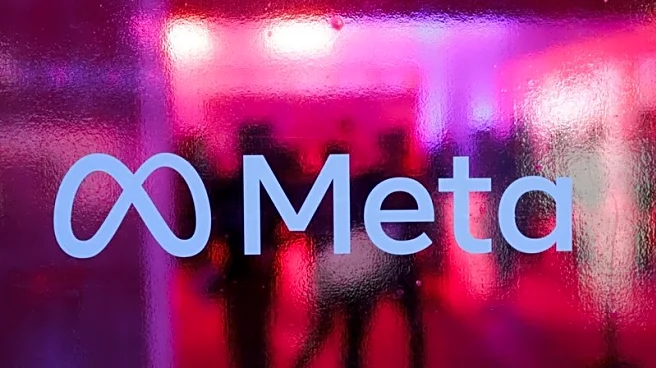What's Happening?
The Motion Picture Association (MPA) has issued a cease-and-desist letter to Meta, the parent company of Instagram, over its use of the 'PG-13' label to describe content policies for teen accounts. The MPA, representing major film studios, argues that
Meta's claims of guiding teen accounts by PG-13 standards are misleading and infringe on the MPA's trademarked rating system. Meta announced changes to Instagram's teen accounts, stating that content would be similar to what is seen in PG-13 movies. However, the MPA contends that Meta's automated classification system cannot align with the MPA's curated process, which involves independent parental review. Meta has responded by emphasizing its intent to support parents and clarify content policies, while acknowledging that social media differs from movies.
Why It's Important?
This dispute highlights the complexities of content regulation on social media platforms, particularly concerning age-appropriate content for minors. The MPA's challenge underscores the importance of maintaining the integrity of established rating systems and the potential confusion that can arise when such systems are applied outside their intended context. For Meta, this situation presents a challenge in balancing content moderation with user expectations and legal standards. The outcome of this dispute could influence how social media platforms develop and communicate content policies, especially for younger audiences.
Beyond the Headlines
The legal and ethical dimensions of this dispute reflect broader concerns about the role of automated systems in content moderation. As platforms increasingly rely on artificial intelligence to manage content, questions arise about the accuracy and reliability of these systems compared to traditional human oversight. The MPA's insistence on a curated process highlights the potential limitations of AI-driven moderation, particularly in contexts requiring nuanced judgment. This case may prompt further discussions on the appropriate use of AI in content regulation and the need for transparency in how platforms classify and restrict content.














